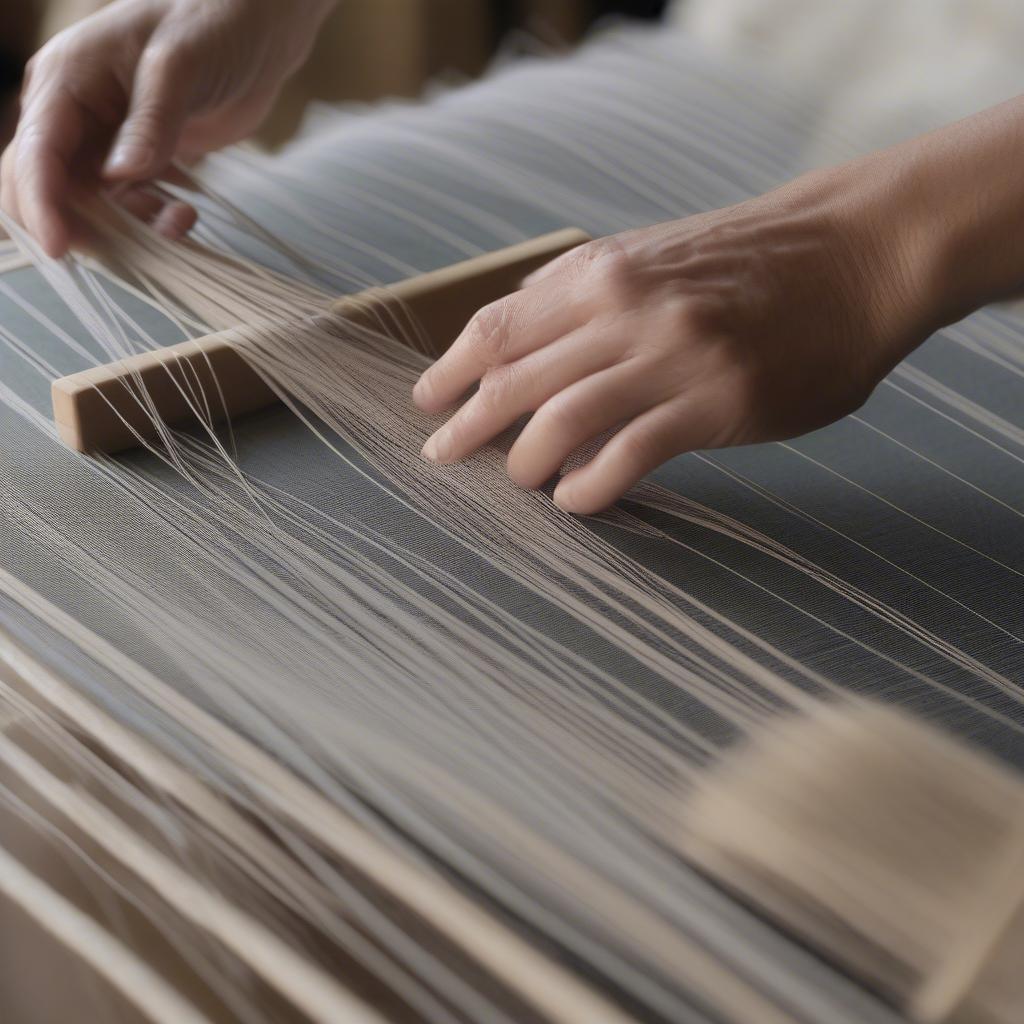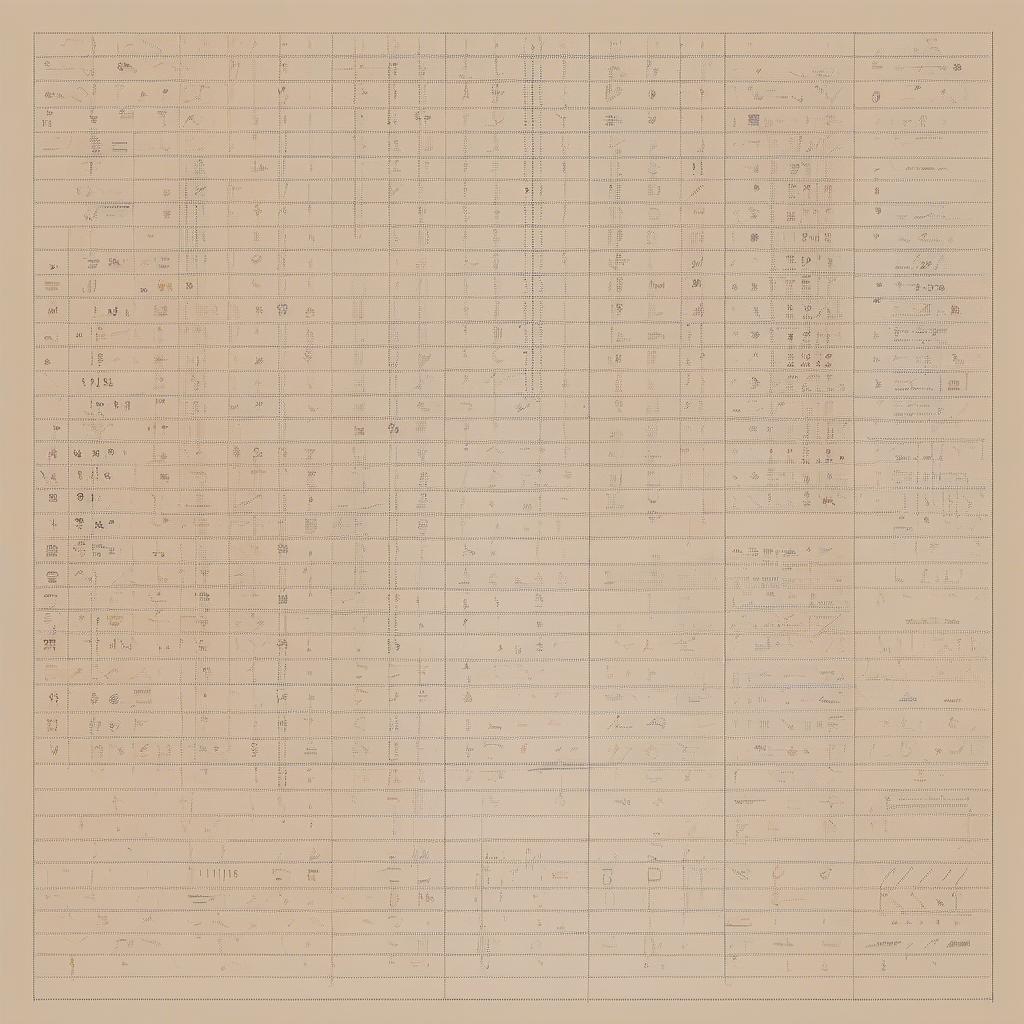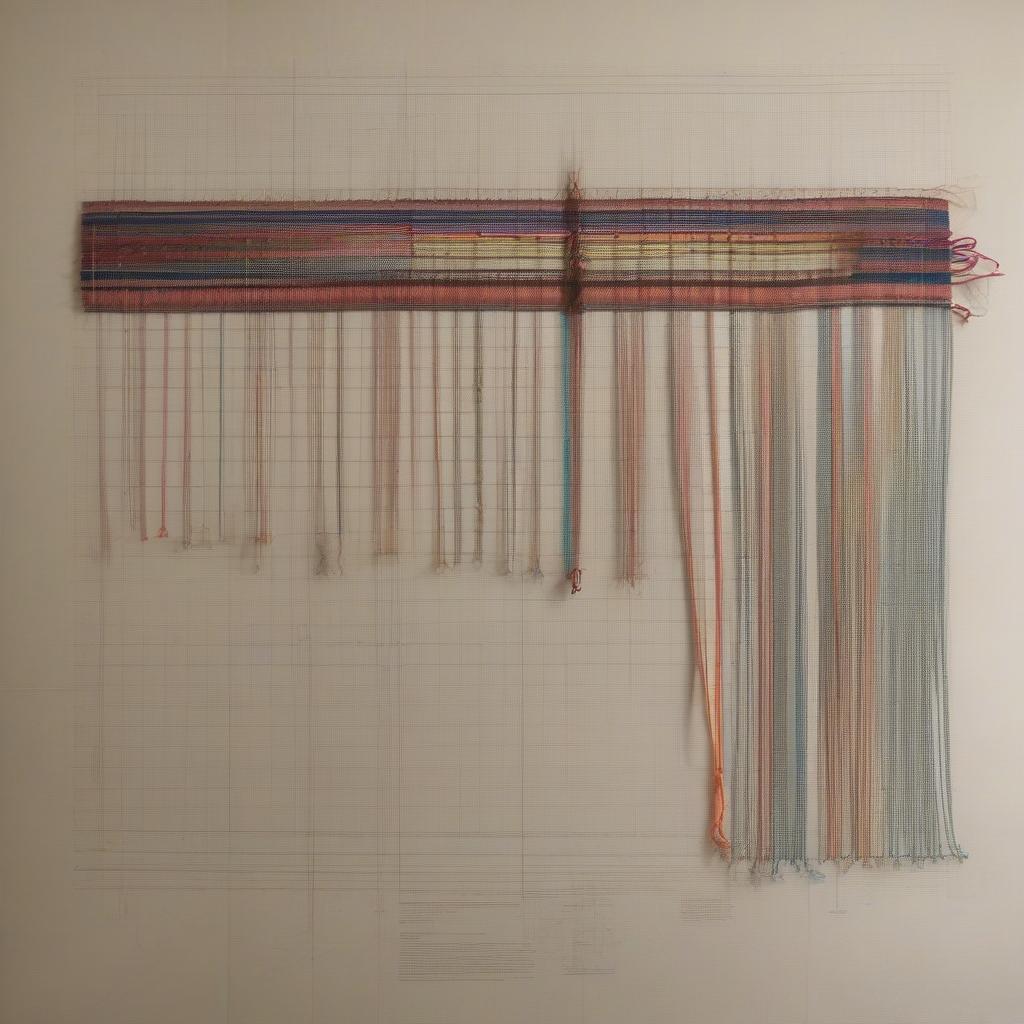Weave Table
How to Read a Weaving Draft for a Table Loom
Understanding how to read a weaving draft is essential for any weaver, especially those working with a table loom. It’s the roadmap to your woven piece, dictating every thread and pattern. This guide will demystify weaving drafts and empower you to create beautiful textiles.
Decoding the Weaving Draft: A Step-by-Step Guide
A weaving draft is a visual representation of your woven project. Think of it as the language of the loom. It tells you which threads to lift or lower (warp threads) and when to pass the weft thread through. Mastering this language unlocks a world of weaving possibilities.
- Warp and Weft: First, understand the basics. Warp threads run lengthwise on the loom, while the weft thread passes over and under them. Your draft dictates the interplay between these two sets of threads.
- Shafts and Harness: Shafts are frames on the loom that hold groups of warp threads. The harness controls which shafts are raised or lowered. Your draft will specify which threads are on which shafts.
- Reading the Grid: The draft itself is a grid. Each horizontal row represents a weft pick (passing the weft thread through). Each vertical column corresponds to a warp thread.
- Squares and Symbols: The squares within the grid contain symbols or numbers, each indicating which shaft controls that particular warp thread. A filled square typically means the warp thread is raised, while an empty square means it’s lowered.
- Tie-up: The tie-up connects the shafts to the treadles (foot pedals) that control them. This part of the draft shows which treadles lift which shafts.
- Treadling Sequence: The treadling sequence tells you which treadles to press in what order to create the pattern. This is the heart of reading a weaving draft.
 Reading a Weaving Draft on a Table Loom
Reading a Weaving Draft on a Table Loom
Understanding Common Weaving Draft Symbols
Weaving drafts utilize a variety of symbols, so familiarizing yourself with these is crucial. While some drafts use numbers, others rely on specific symbols. A key on the draft itself usually explains these symbols.
- Blocks: Filled blocks typically represent raised warp threads.
- Empty Squares: Empty squares usually denote lowered warp threads.
- X or Cross: Can indicate a specific tie-up or threading order.
- Numbers: Represent shaft numbers.
 Common Weaving Draft Symbols
Common Weaving Draft Symbols
How to Set Up a Table Loom Based on a Weaving Draft
Once you understand how to read the draft, you can begin setting up your table loom. This process involves threading the warp threads through the heddles (eye-like loops on the shafts) and reed (comb-like structure for spacing the warp), and then tying up the shafts to the treadles. how to set up a table loom for weaving Accurately following the draft ensures the desired pattern is achieved.
Tips for Reading Complex Weaving Drafts
More complex weaves involve intricate patterns and multiple shafts. Don’t be intimidated! Break down the draft into smaller sections and focus on one row or block at a time.
- Start Simple: Begin with simple drafts and gradually progress to more complex ones.
- Practice: The more you practice reading and interpreting drafts, the easier it becomes.
- Resources: Utilize online resources and weaving books for further guidance.
 Complex Weaving Draft Example
Complex Weaving Draft Example
Conclusion: Weaving Your Way to Success
Learning How To Read A Weaving Draft For A Table Loom opens up a world of creative possibilities. With practice and patience, you can confidently translate these visual guides into stunning woven pieces. Mastering this skill is the key to unlocking your weaving potential.
“Understanding the weaving draft is fundamental. It’s the blueprint for your creation,” says renowned textile artist, Amelia Weaver.
“Don’t be afraid to experiment with different drafts. It’s through exploration that you discover new textures and patterns,” adds experienced weaver, John Smith.
FAQ
- What is the difference between a warp and weft thread?
- What is the purpose of a tie-up in a weaving draft?
- How do I choose the right weaving draft for my project?
- Where can I find free weaving drafts online?
- What are some common mistakes to avoid when reading a weaving draft?
- How can I adapt a weaving draft to a different loom size?
- What are some resources for learning more about weaving drafts?
For further assistance please contact our Hotline: +84 388 951 999, or visit our offices at Hanoi, Vietnam or Tech Avenue, Suite 12, San Francisco, CA 94105, USA. We have a 24/7 customer service team ready to help.
